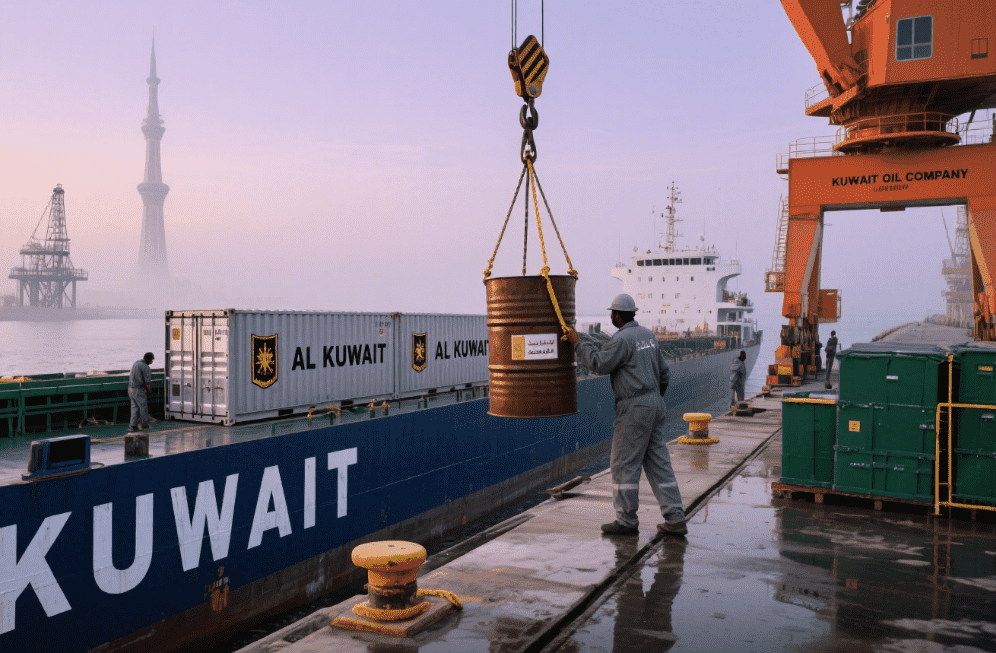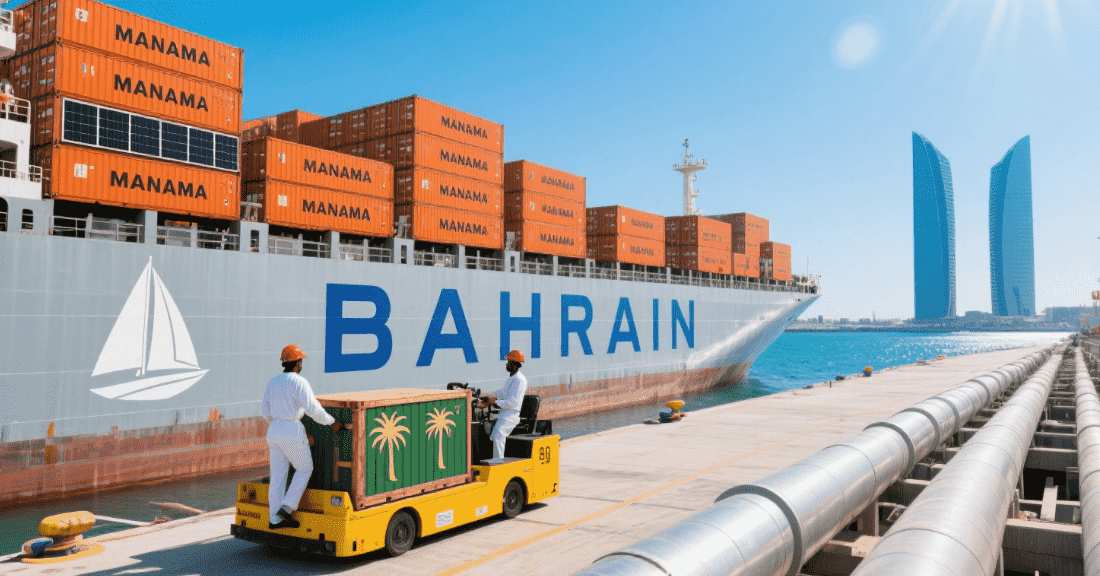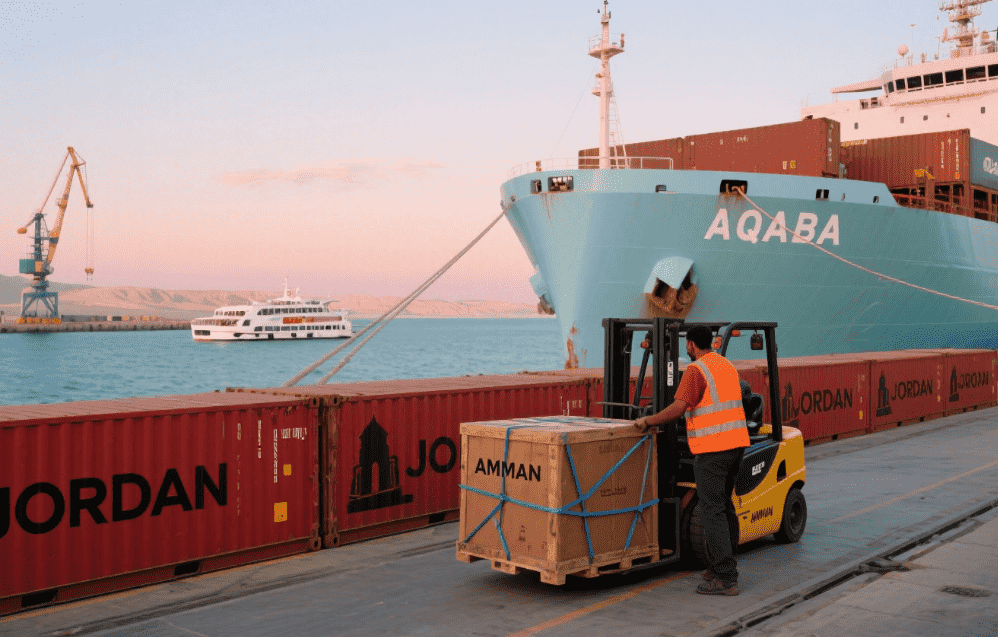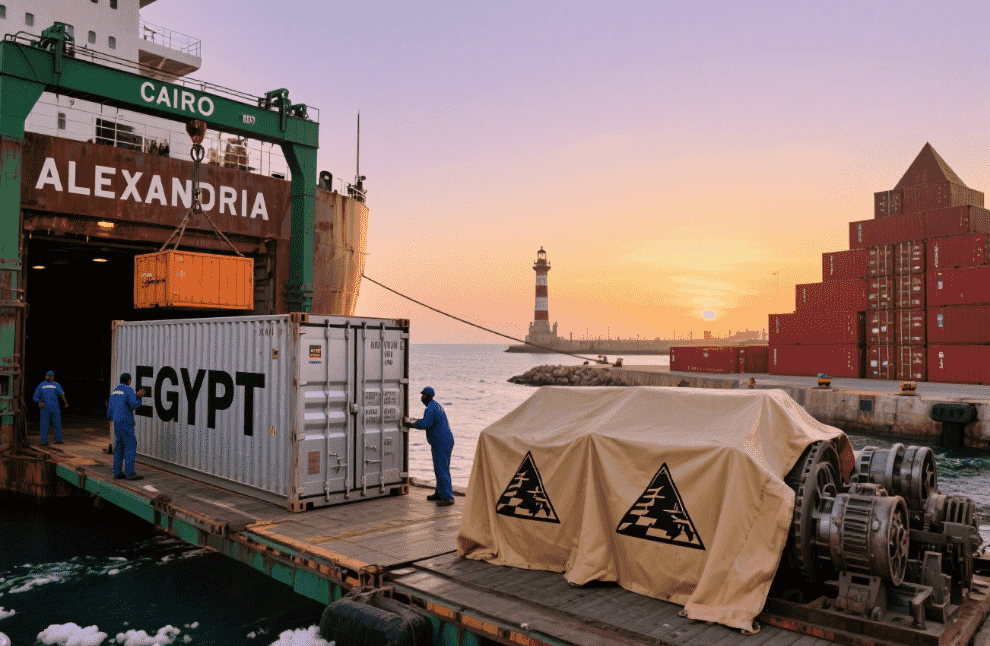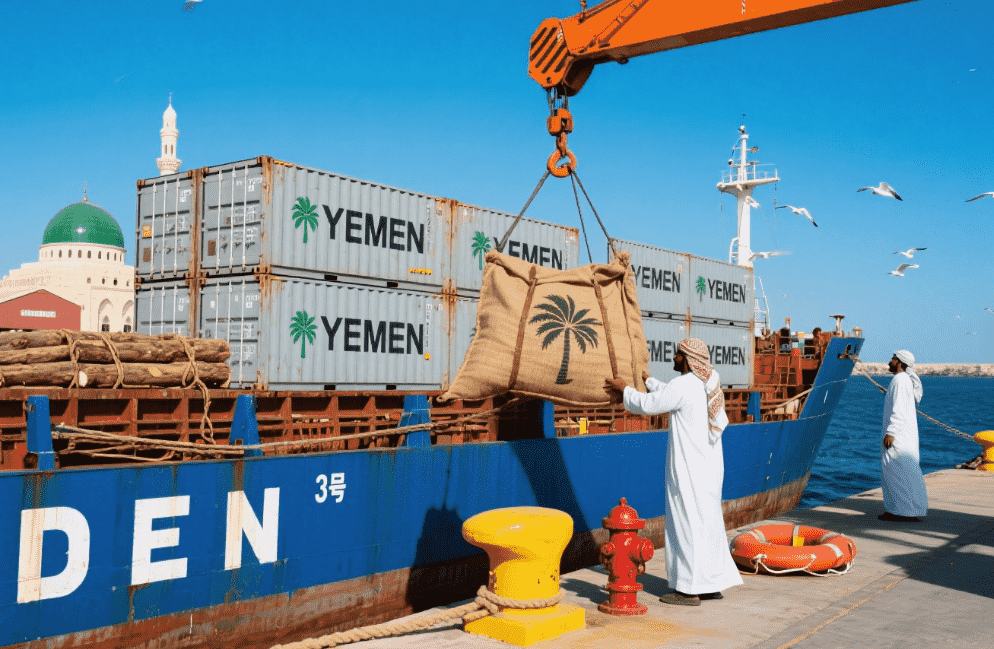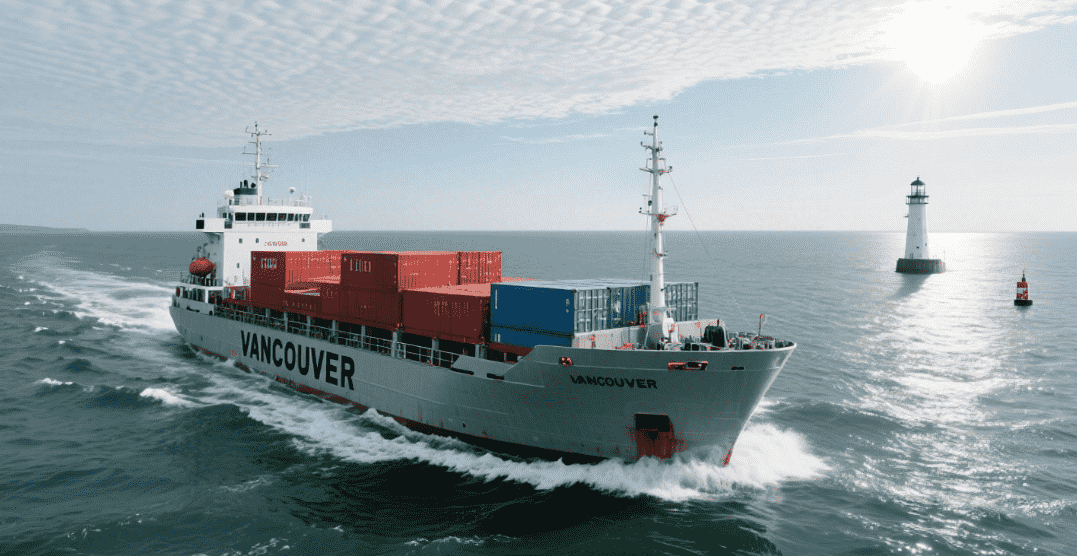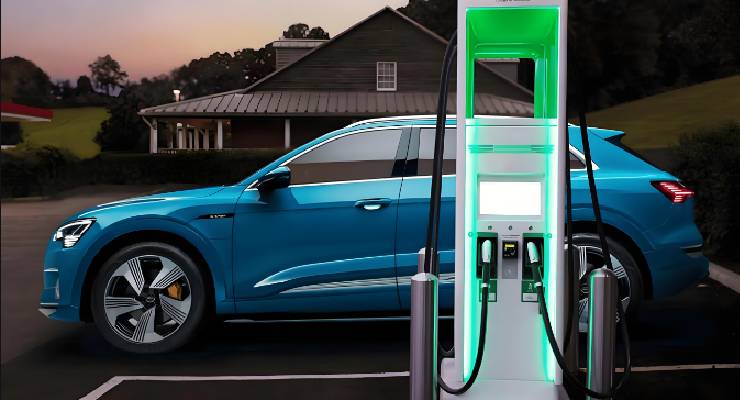
As the world attaches increasing importance to environmental protection and sustainable development, new energy electric vehicles (NEVs), as a clean and efficient mode of transportation, are gradually becoming a hot spot in the international market. As one of the world’s largest NEV producers and exporters, China exported 5.26 million vehicles in 2023, becoming the largest automobile exporter, of which 1.2 million new energy vehicles were sold. Its export and transportation businesses are also booming. This article aims to provide a comprehensive and practical guide for companies interested in exporting NEV from China.
Know Your Target Market
Before exporting, companies need to have an in-depth understanding of the policies and regulations, market demand, competitive situation and other information of the target market. This helps companies develop appropriate export strategies and avoid unnecessary risks.
Product Certification For New Energy Electric Vehicles
According to the relevant regulations of the target market, companies need to carry out necessary certifications for exported new energy electric vehicles. For example, CE certification for the EU market, DOT certification for the US market, etc. These certifications are necessary for products to enter the target market.
Import certification requirements for new energy vehicles in some countries/regions
US DOT certification and EPA certification
Entering the U.S. market must pass the DOT safety certification of the U.S. Department of Transportation. This certification is not led by government departments, but is tested by the manufacturer itself, and then the manufacturer determines whether it meets the production standards. The U.S. Department of Transportation only controls the certification of some parts such as windshields and tires; for the remaining parts, the U.S. The transportation department will conduct regular spot checks and will severely punish any fraud.
EPA environmental certification is similar to DOT safety certification. It is also a self-declaration and department supervision method. The competent authority is the U.S. Environmental Protection Agency.
EU e-mark certification
Vehicles exported to the EU need to obtain e-mark certification to obtain market access certification. Based on EU directives, inspections are carried out around the approval of parts and the introduction of EEC/EC Directives (EU directives) into vehicle systems to determine whether the product is qualified. After passing the inspection You can use the e-mark certificate to enter the EU domestic market.
Nigeria SONCAP certification
The SONCAP certificate is a legally required document for controlled products to go through customs clearance procedures in Nigeria (motor vehicle spare parts fall within the scope of SONCAP compulsory certification products). The lack of a SONCAP certificate will cause controlled products to be delayed in customs clearance or refused to enter the Nigerian market.
Tanzania PVOC certification
The Tanzania National Bureau of Standards stipulates that all controlled products covered by the PVOC (Pre-Export Verification of Conformity to Standards, Pre-shipment Conformity Assessment Program) program (automobiles and their parts are within the scope of controlled products) must be inspected, and the products must comply with Tanzania National standards or their recognized standards, based on which a product certificate of conformity (Certificate of Conformity, COC) is issued.
Saudi Arabia SABER certification
SABER certification is an online certification system for the Saudi product safety program launched on January 1, 2019 after the Saudi Arabian Standards Organization introduced the Saudi product safety program SALEEM. It is a compliance certification assessment program for exported Saudi products. In November 2019, auto parts were included in the product certification list. The SABER certification process is similar to the Nigerian SONCAP certification. Products must first apply for a PC certificate, and apply for an SC certificate for each batch of products when shipping.
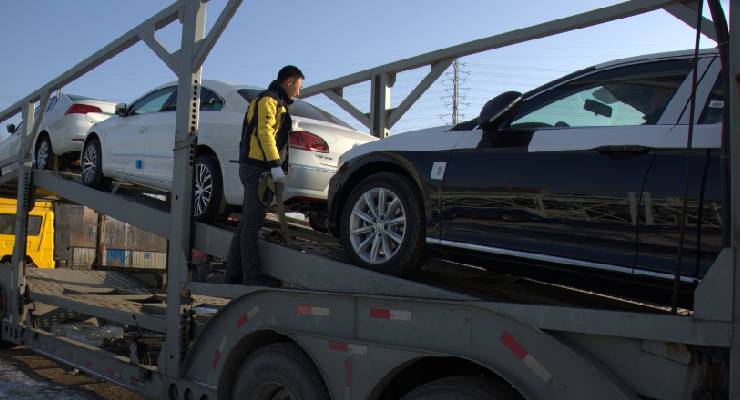
Relevant standards for power batteries in new energy vehicles
Chinese standards: Automotive power batteries must comply with the standards of GB 38031, GB/T 31484, and GB/T 31486.
EU regulations (Germany, France, Italy, Spain): Automotive power batteries need to obtain mandatory E-Mark certification, including ECE R100 and ECE R10. Materials must meet RoHS requirements.
North American regulations (USA, Canada, Mexico): Automotive power batteries need to meet the requirements of the UL 2580 standard.
Indian regulations: Power batteries for automobiles need to meet the requirements of the AIS 038 standard.
Document Preparation For Exporting New Energy Vehicles From China
Enterprises need to prepare complete export procedures, including booking authorization letter, English MSDS (Material Safety Data Sheet), dangerous goods declaration, etc. In addition, customs declarations, invoices, packing lists, contracts and other relevant documents need to be prepared to ensure smooth customs clearance of the goods.
The export of new energy vehicles also requires the following documents:
Export license: Export of new energy vehicles requires an export license. For specific requirements and procedures, please consult the local provincial (including cities under separate state planning) commerce authorities.
Customs declaration procedures: Exporting new energy vehicles requires customs declaration procedures. Please consult the local customs for specific requirements and procedures.
The following is a detailed description of the specific procedures for exporting new energy vehicles:
Export license
The export of new energy vehicles requires an export license. For specific requirements and procedures, please consult the local provincial (including cities under separate state planning) commerce authorities.
Export license application conditions:
The enterprise has independent legal personality and is registered with the Ministry of Commerce.
The enterprise has operating conditions that comply with the “Measures for the Administration of Export of New Energy Vehicles”.
The enterprise has management capabilities suitable for exporting new energy vehicles.
Export license application materials:
Copy of enterprise business license.
Identity certificate of the legal representative of the enterprise.
Proof of business premises.
Enterprise personnel qualification certificate.
Proof of corporate financial status.
Trade contracts signed between enterprises and overseas customers.
New energy vehicle inspection and qualification report issued by a designated third-party agency.
“Motor Vehicle Registration Certificate” for the vehicle to be exported.
Customs declaration procedures
Exporting new energy vehicles requires customs declaration procedures. Please consult your local customs for specific requirements and procedures.
The following materials need to be submitted when declaring new energy vehicles:
1. Export license
2. Invoice
3. Contract
4. Waybill
5. Packing list
6. Other relevant supporting documents
New Energy Vehicles Shipping Options From China
Container Shipping
Container transportation is one of the main methods for exporting new energy electric vehicles. Enterprises can choose containers of appropriate sizes, such as 40HQ, etc., based on the export quantity and vehicle model. Container transportation has the advantages of safety, reliability, and high transportation efficiency, but the cost is relatively high.
Ro-Ro Shipping
Ro-ro shipping is suitable for large-scale export of new energy electric vehicles. RoRo ships can drive vehicles directly into the cabin without additional loading and unloading, saving time and costs. However, it should be noted that there are relatively few ports of call for ro-ro ships, so routes need to be planned in advance.
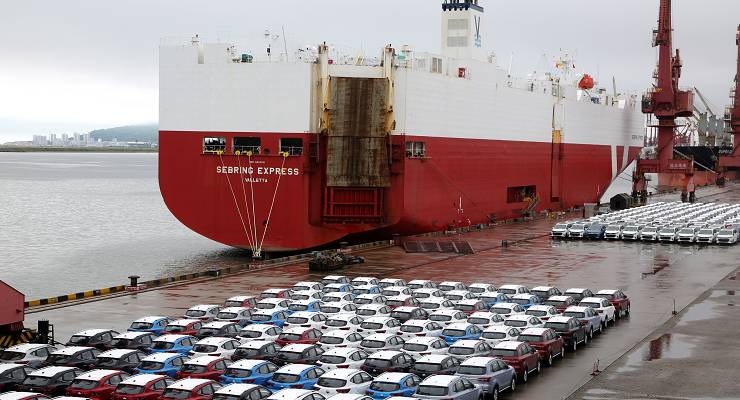
Things to note when exporting new energy electric vehicles in railway containers:
1. All new energy vehicles shipped have passed the safety inspection by the national appraisal agency. The vehicles shipped are new and pure electric vehicles (or hybrid vehicles).
2. Except for the power batteries and storage batteries equipped with the car itself, spare batteries and other energy batteries are not allowed to be carried. Be sure to ensure that the charging level does not exceed 65%, and provide real-life photos of the battery level not exceeding 65% and photos of the vehicle’s matching chassis number.
3. Ensure that the main power supply of the new energy vehicle in the container is turned off.
4. The name of the goods must be completely consistent on the customs declaration form, item list, and waybill.
5. Photos of reinforcement details (including reinforcement details of 4 wheels)
6. Only new cars can be transported, the mileage does not exceed 100km, and the trade method can be second-hand cars.
Things To Note During Transportation Of New Energy Electric Vehicles
Packaging and fixing
New energy electric vehicles require professional packaging and fixation during transportation to prevent damage or displacement during transportation. Businesses can choose professional packaging service providers for packaging and fixing work.
Dangerous Goods Labeling and Declaration
Since new energy electric vehicles contain dangerous goods such as lithium batteries, companies need to label and declare dangerous goods during transportation. This helps ensure the safety of the transport process and avoids risks arising from irregularities.
Relevant requirements for the export of new energy vehicle power batteries
According to international regulations such as the United Nations Model Regulations on the Transport of Dangerous Goods (TDG), the International Maritime Dangerous Goods Code (IMDG) and the International Air Transport Association-Dangerous Goods Regulations (IATA-DGR), power batteries are It is divided into two categories: UN3480 (lithium batteries transported separately) and UN3171 (battery-driven vehicles or equipment). They belong to Category 9 dangerous goods and must pass the UN38.3 test during transportation.
Although lithium-ion batteries used in new energy vehicles are dangerous goods, they should be treated differently according to different situations.
(1) If the transported goods are pure electric vehicles, the special name for transportation is “battery-powered vehicles” and the United Nations number is “UN 3171”. When transported by sea and land, they are “unrestricted goods” and there are no packaging requirements;
(2) If the transported goods are hybrid vehicles, the special name for transportation is “vehicles driven by flammable liquids”, the United Nations number is “UN 3166”, and the transportation by sea and land is “unrestricted goods”, with no packaging requirements.
(3) If the transported goods are lithium-ion batteries and the special transportation name is “lithium-ion batteries”, the hazard category is “Category 9 Dangerous Goods” and the United Nations number is “UN 3480”, according to the provisions of its packaging guidelines The corresponding packaging group is “II”. According to the provisions of the “Import and Export Commodity Inspection Law of the People’s Republic of China”, performance appraisal and use appraisal of dangerous goods packaging should be carried out.
You may also be interested in:
Ocean Freight Service NEW ENERGY VEHICLE From China To JEBEL ALI
Ocean freight VEHICLE from China to Aqaba
Insurance and Risk Control
Enterprises can purchase cargo transportation insurance for exported new energy electric vehicles to deal with possible transportation risks. At the same time, enterprises also need to establish a complete risk control system to prevent and control various risks during transportation.
In short, the export and transportation of new energy electric vehicles is a complex and important task. Enterprises need to fully understand the target market, choose appropriate transportation methods, pay attention to safety matters during transportation, and strengthen after-sales service and market expansion. Only in this way can enterprises stand out in the fierce international competition and achieve sustainable development.Winsail Logisticsare very experienced in this field, please believe us


